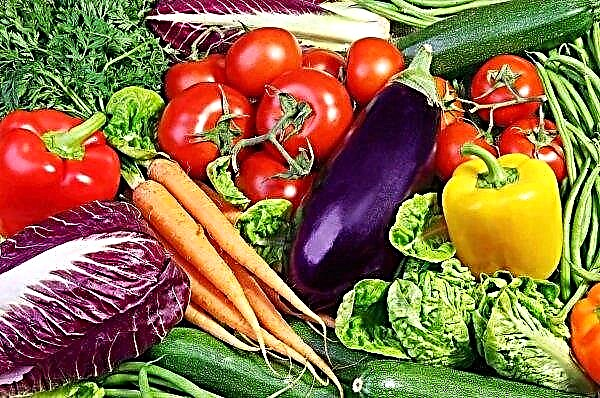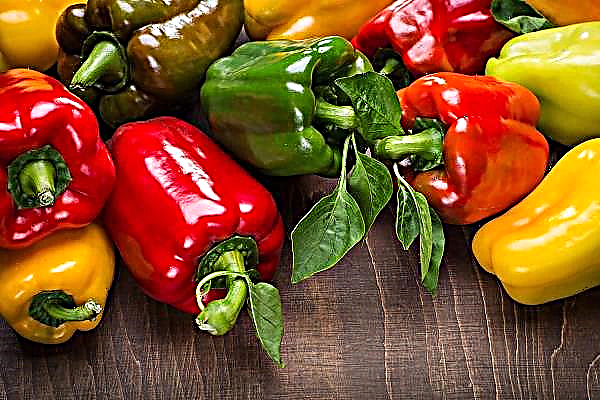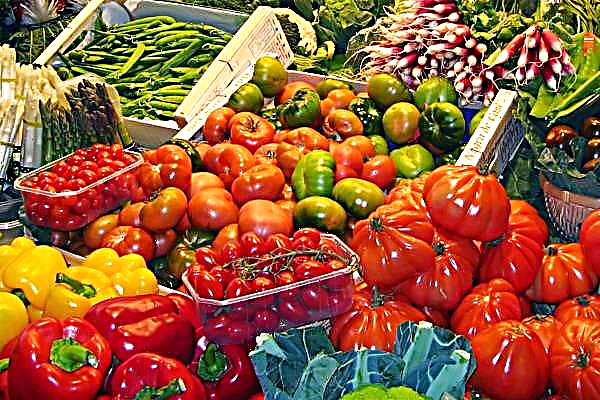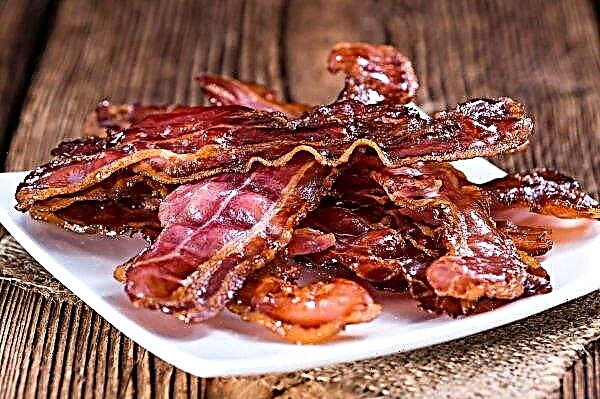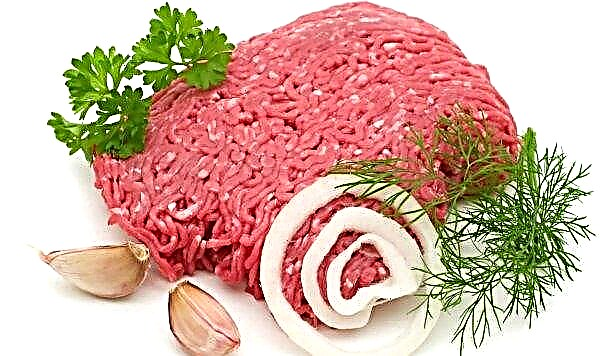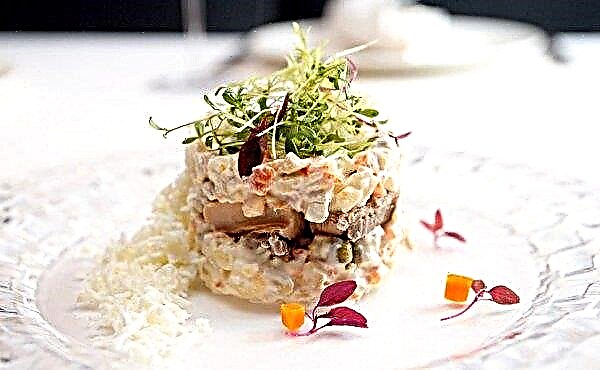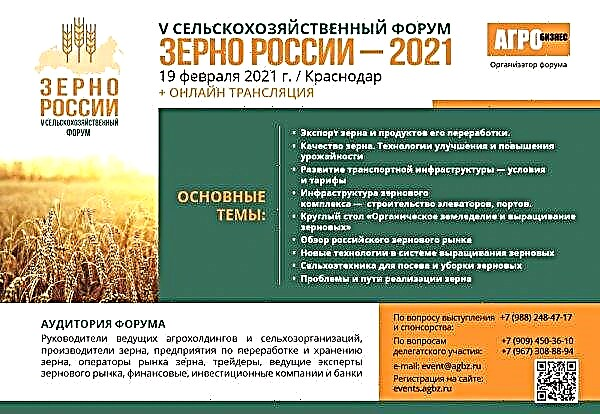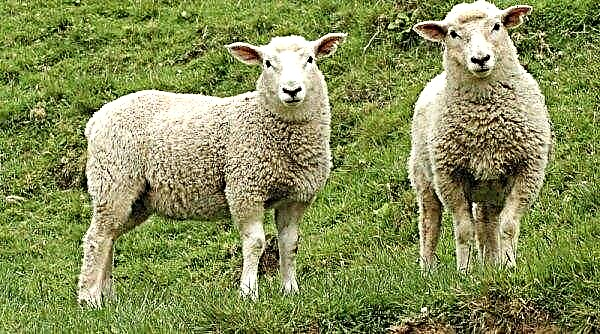One of the most successful grain varieties with stable characteristics is Timiryazevskaya winter wheat or Timiryazevka 150. This variety is resistant to many specific diseases, has excellent yield and is cultivated in many regions of Russia and in neighboring countries.
History of occurrence
Varietal wheat Timiryazevka 150 was obtained by selection, carried out by agronomists in the Krasnodar Territory. And its name, which appears in the figure "150", received a new grain variety in honor of the anniversary of the Russian State Agrarian University named after K. A. Timiryazev. Currently, this crop is grown in the Central Black Earth and Central regions of Russia (the territory of Belgorod, Lipetsk, Tambov, Voronezh, Kursk, Lipetsk, Tula, Bryansk, Smolensk regions).
Did you know? The well-known breeder Ivan Michurin found that fertile soils (chernozems) do not allow hybrids to develop, but poor soils are an ideal environment for growing crossed species.
Botanical Description
An annual cereal plant with high resistance to frost and good growth rates. The bush is an intermediate type. Such varieties always have pronounced hereditary traits, are very bushy and have an increased density of shoots. The height of the plant is, on average, 95 cm, but growth up to 110 cm is not excluded.

Variety Characteristics
For agronomists, the key characteristics of Timiryazevskaya 150 are yield, texture and quality of grain, as well as the ability of the variety to resist disease. In suitable climatic conditions, this winter wheat gives the highest possible yields. The valid landing deadline is September 25th.
Important! To defeat pests in wheat crops, agronomists use phosphorus-potassium fertilizers.
Productivity
The average figure is 65 c / ha, but in the Central Black Earth region it can exceed the specified value. Timiryazevka 150 has an average heading time, germinates even under not very favorable conditions, grains are large in size and have good germination. In 2013, a record yield of this variety was recorded in Russia - 113 c / ha. Currently, the record has not yet been broken by any of the regions.

Grain quality
The quality of the grain crop is high. The seed of this variety is characterized by a large amount of protein. External characteristics: large, dense, forms a well-packed spike of oblong shape. High content of gluten, B vitamins, starch. Fiber - in moderation. Timiryazevka 150 is superior to ordinary rye or barley in the number of coarse fibers.
Disease resistance
Timiryazevskaya 150 is resistant to such diseases of agricultural plants as:
- yellow and brown rust;
- powdery mildew.

It shows a weak or moderate resistance to:
- Septoria;
- to fundariosis.
The smallest resistance is exerted by the pathogen of hard smut.
Suitable climatic conditions
With proper planting and disease prevention Timiryazevka 150, any region will be suitable for cultivation, but industrial cultivation of crops is carried out in the Central region of Russia and Central Chernozem. This plant gives a high yield even with a rainfall of 250 mm during the growing season. The lower the air temperature drops in autumn and winter, the more the described crop shrinks.
Did you know? The degree of allergenicity for humans and animals depends on the amount of sticky substances in the flour.
Seeding rates
There are seeding rates regulated at the state level. They are calculated if germination, seed purity and mass of a thousand grains are known. For winter soft wheat of this variety, the indicator is not the same. The crop cultivated for food has a sowing rate of 3-4.5 million seeds (up to 130 kg per 1 ha).
Predecessors
Properly selected precursor plants allow Timiryazevka 150 to develop in the best possible way. But their choice depends on what value the farmer assigns to the crop: grain or fodder. The first goes to people, the second to cattle.
From the expressed harvest of this plant, flour is obtained for baking bread, as well as raw materials for making pasta, breakfast cereals, pizza dough pieces, etc. The most difficult process in food processing is the separation of grain from the hard shell. Unlike food, stocks of fodder wheat are practically not processed - they are only cleared of tares and dried, if necessary.Important! To increase the productivity of Timiryazevka 150, the future raw material for the food industry, perennial herbs, early potatoes, and legumes are planted nearby. In order to get a juicy feed base, corn and barley will be the best neighbors.


